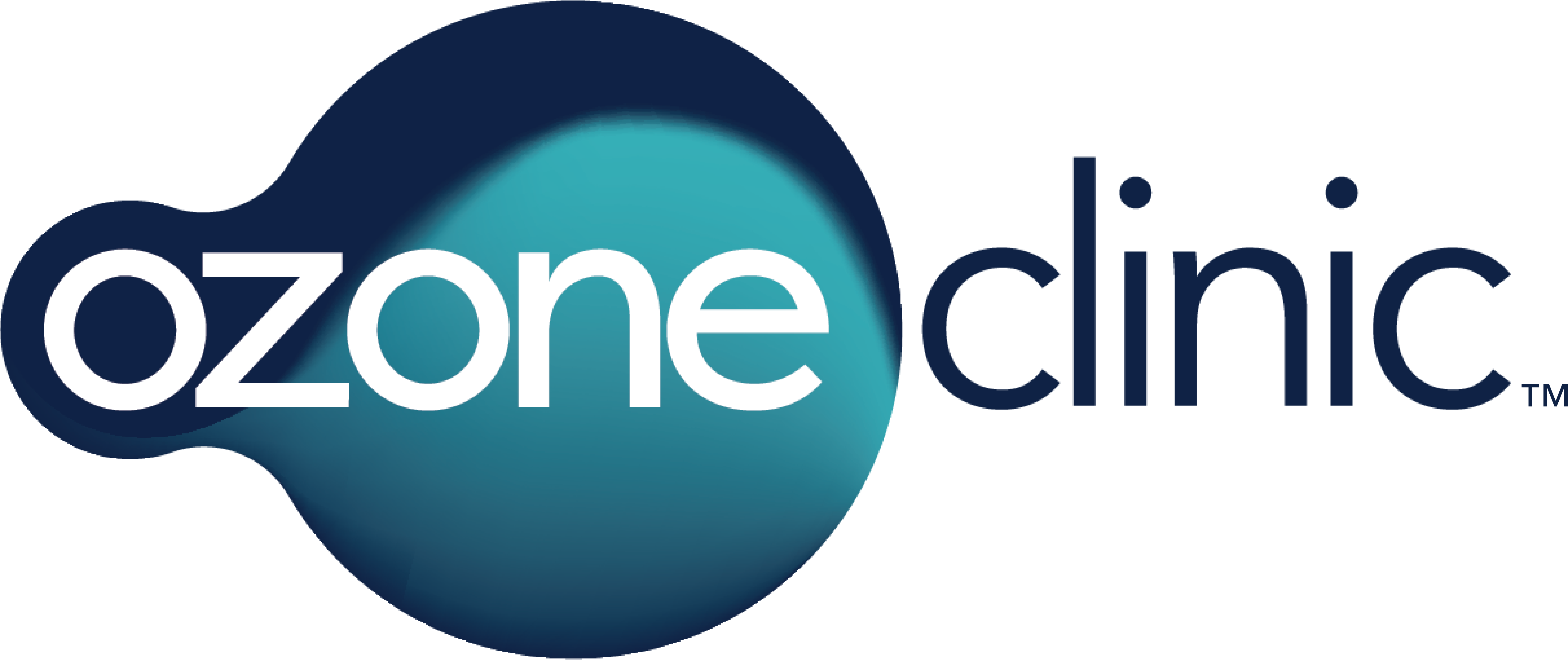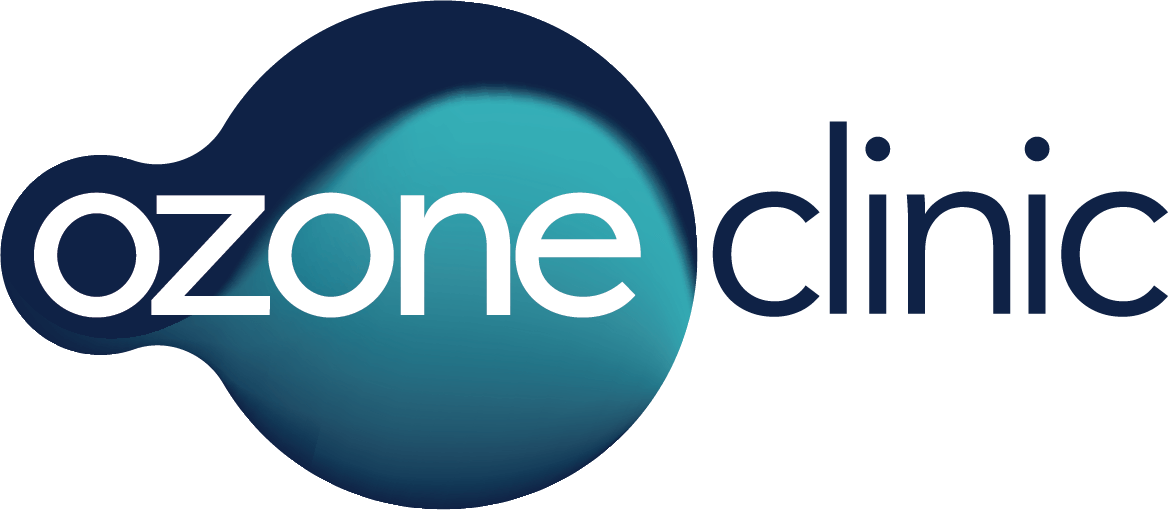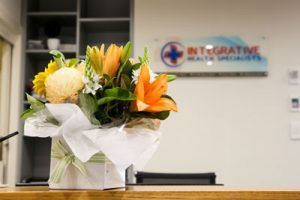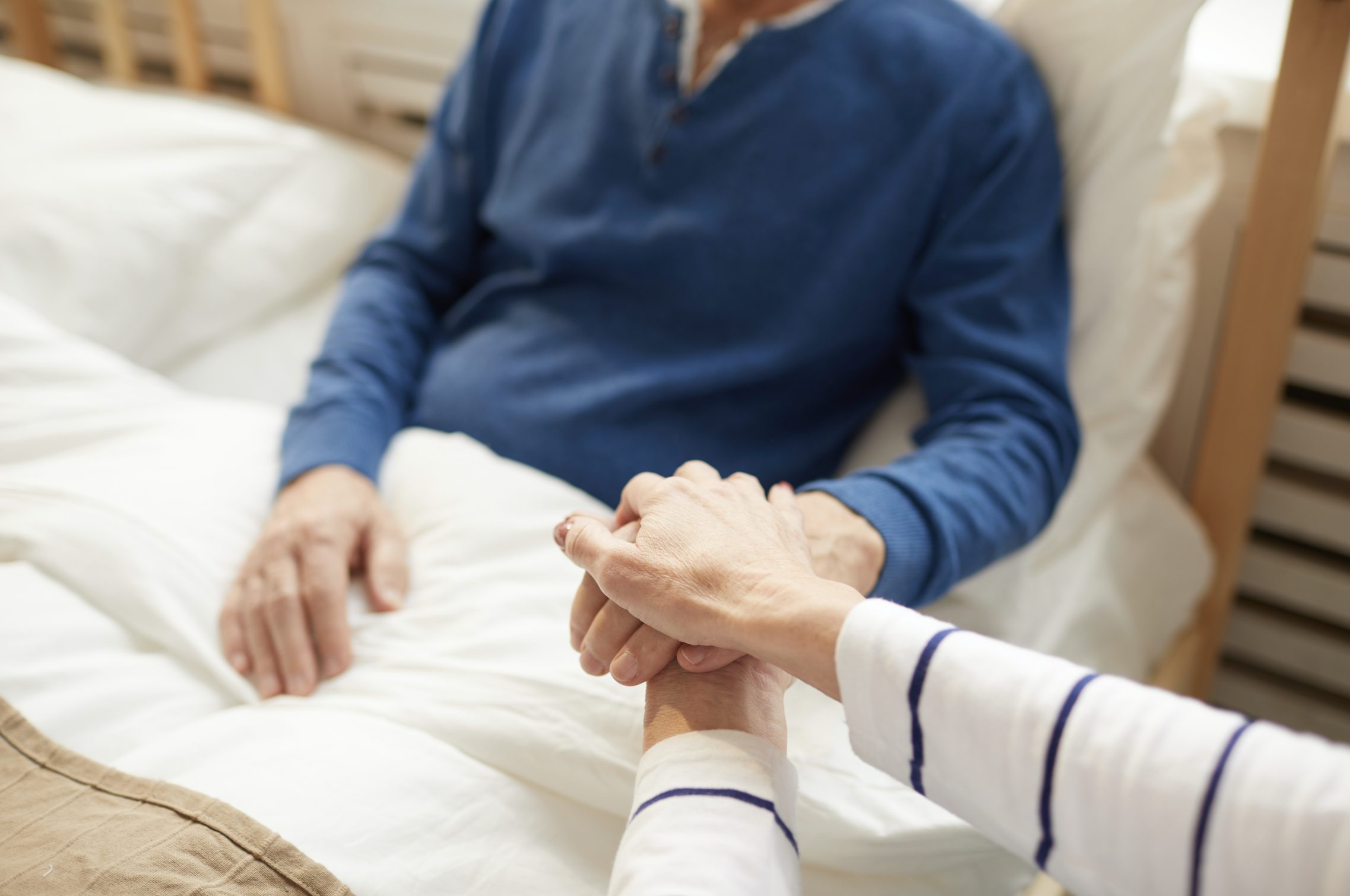Ozone Therapy in Different Pathologies
Ministry of Health Service of The Russian Federation
The State Medical Academy of Nizhny Novgorod
Keywords: Surgery, Ozone therapy, peritonitis, contaminated soft tissue wounds, osteomyelitis, arthroempyesis, trophic ulcers, osteoarthrosis
“Contaminated surgery was one of the first to recognize ozone therapy and it is contaminated
surgery where it has been widely used.”(1)
General Peritonitis – Diffused Peritonitis
“In the treatment of general peritonitis, including the cases complicated by “intestinal
insufficiency” ozone has been used for its powerful bactericidal properties concerning aerobic
and anaerobic microorganisms. It was found to be effective in reduction of lipid peroxidation
(LP) processes and of antioxidant defense system (AOS), in reparation and immune system
stimulation, in intoxication control.” (1)
Routes
Ozone therapy during the operation
- Intra-operational sanitation of abdominal cavity with ozonated physiological saline
Ozone therapy in postoperative period
- Peritoneal lavage with ozonated physiological saline or programmed laparostomy
- Intravenous infusions of ozonated physiological saline
- Major autohemotherapy
Management
Ozone therapy during the operation
“Intraoperational sanitation of abdominal cavity with ozonated physiological saline(volume not
less than 5-7 liters, ozone concentration 4-5mg/l) is to be done for 20 minutes on having
eliminated the source of peritonitis and small intestine decompression. Laparotomy is to be
completed with drainage of the abdominal cavity and adjustment of silicone tubes for lavage
to follow.”
Ozone therapy in postoperative period
“In postoperative period lavage procedures of the abdominal cavity are recommended. The first
procedure is done 4-6 hours after the operation for 25-30 minutes with the use of ozonated
saline via the tubes adjusted in the upper part of the abdominal cavity. The saline being
continuously ozonated is introduced via intravenous infusion drip. The procedure is repeated
twice – 4-6 and 8-12 hours later. On the average postoperative lavage is done within the
period of 72 hours following the operation.”
“Programmed laparotomy proved to be an effective method in the treatment of peritonitis. On
having the surgical intervention performed, the source of peritonitis eliminated, the sanitation
of the abdominal cavity done and small intestine being decompressed (naso-intestinal tube),
the abdominal cavity is not to be closed completely with the edges brought together over the
cellophane drape covering the intestines. During the first 24 hours after the operation
peritoneal lavage is done every 8 hours with ozonated saline, ozone concentration being 5-
6mg/l, the volume – not less then 5liters. The lavage is done till the flushing waters become
clean. Prior to bracing of the abdominal wall, the abdominal cavity is filled with 0,5l of
ozonated saline. Drainage is done via small pelvis. On the second postoperative day the
procedure is done every 12 hours. On the third day the procedure is done only once followed
by laparorhaphy.”
“Intravenous infusions are done with 200ml of ozonated saline once a day during the first two
postoperative days, and then every second day. Major autohemotherapy is done within the
first 12 hours after the operation and then every second day. The course consists of 2-3
procedures.”
“Such a course of complex schemes of treatment resulted in earlier control of endotoxicosis
events, normalization of biochemical and immunological parameters and less cases of early
postoperative complications (from 33{e43154ce913794517af217fcab284b44cfe906ba9a1c4ba2ecde5a9be0395ec5} to 14{e43154ce913794517af217fcab284b44cfe906ba9a1c4ba2ecde5a9be0395ec5}) with 15{e43154ce913794517af217fcab284b44cfe906ba9a1c4ba2ecde5a9be0395ec5} decrease in lethal outcome”
(Векслер Н.Ю. с соавт. 2000,Семенов С.В. с соавт.,2000, Снигоренко с соавт. 2000)
Warning: Never use ozone/oxygen mixture in gaseous form to treat abdominal cavity, for it
can lead to the development of peritoneal adhesions
The use of ozone does not exclude the whole complex of medical procedures to correct
homeostasis disorders.
Localised Peritonitis
Routes
- Intra-operational sanitation of the abscess cavity with ozonated physiological saline
- Intravenous infusions of ozonated saline
- Minor autohemotherapy
- Major autohemotherapy
Management
“Intra-operation sanitation of the abdominal cavity is done with 0,5-0,8liter of ozonated saline.
The lavage is done only in the area of inflammatory process, followed by carefull suction of
flushing waters. Biluminal drainage tube is brought to the peritonitis focus and taken out
through a special micro-incision. Laparorrhaphy is done up to aponeurosis with retension
sutures upon the skin. During the first post-operative day the lavage procedure is done 3 times
with 30-50ml of ozonated saline, ozone concentration – 5-6mg/l. After a period of 15-20
minutes the remnants of the saline are either sucked out with a syringe or removed by the
natural way.”(1)
“Intravenous infusions of 200ml of ozonated saline are done one procedure for the first two
days and then every second day. The course consists of 4-5 procedures. Two procedures of
minor autohemotherapy are done every second day and major autohemotherapy – 1-2
procedures a week. In cases when peritonitis is progressing relaparotomy is performed,
followed by sanitation and one of the recommended techniques of intra-operation and postoperation abdominal sanitation.”(1)
Contaminated Wounds of Soft Tissues
“Optimal results can be achieved in a complex treatment of contaminated wounds
alongside major autohemotherapy or intravenous infusions of ozonated saline and minor
autohemotherapy (Родоман Г.В. с соавт., 2000).” (1)
Routes
- Major Autohemotherapy
- Intravenous infusions/rectal insufflations with O3/O2
- Wound aeration in a plastic bag with varying pressures ( O2/O3)
- Stimulation of active points in wounds
- Sterile dressing of ozonated oil
Management
“In the course of treatment the phase of wound process should be taken into consideration. The
treatment should be a complex one and include all forms of ozone therapy.” (1)
Wound aeration with ozone/oxygen mixture : “The procedure starts with mechanical (sparing) wound cleansing from debris, then a drape soaked in ozonated saline or distilled water is put into the wound. Aeration is performed either in a plastic bag or under a sphere for 20-30 minutes, ozone concentration 5-6 mg/l.”
“Wound aeration is to be done 2-3 times a day until the wound is cleansed from pyonecrotic
discharge.On development of granulation tissue and epithelization the procedures are done
every second day with ozone concentration of 2-2,5mg/l.When marginal epithelization
appears, the concentration is diminished to 0,8-1,2mg/l.” (1)
Major Autohemotherapy: “The course consists of 5-6 procedures. The first 3 procedures are done every second day, the rest – every third day.”
Intravenous infusions or rectal insufflations with ozonated saline: “The procedures can be done as an alternative to major autohemotherapy. The course consists of 8-10 procedures, the first three are to be done daily, the rest – every second day.”
Minor Autohemotherapy:” The course consists of 3-5 procedures done every second day in combination with intravenous infusions or rectal insufflations with ozonated saline.”
Dressings with Ozonated Oil: “The dressings are to be applied as soon as wound epithelialization appears.”
Stimulation of Biological Active Points:” The procedures are recommended when wounds are on lower limbs by making subcutaneousinjections of ozone/oxygen mixtures, volume-0,5-1,0ml., ozone concentration-10mg/l. “(1)
(Ozone Therapy in Surgery )
Osteomyelitis of Long Tubular Bones
“Ozone therapy proved to be effective in the treatment of osteomyelitis and purulent arthritis.”
(Зайцев А.Б. 1998, 2000)
Routes
- Ozonated saline to soak the dressings (Ozonated dressings)
- Aeration with ozone/oxxygen mixture in a plastic bag
- Intravenous infusions with ozonated saline
- Minor Autohemotherapy
- Major Autohemotherapy
Management
“The treatment includes all the routes of ozone therapy enlisted above.
Regarding the stage of the purulent process, ozonated dressings are to be changed once or
twice every day. Plastic bags are to be put on for 20-30 minutes, ozone concentration-5-
6mg/l. The procedures are done until the fistulas are closed and pyorrhea disappears.”
“Intravenous infusions with ozonated saline are to be done daily within the first three days and
then – every second day (up to 10-12 procedures)”
“Minor Autohemotherapy is to be done every second day (up to 4-5 procedures).
Intra-osseous injections of ozonated saline are to be done daily within the first three days and
then – every second day (up to 10-15 procedures).”
“Intravenous infusions with ozonated saline and minor autohemotherapy can be substituted by
6-8 procedures of major autohemotherapy done every second day.” (1)
(Ozone Therapy in Surgery )
Arthroempyesis
Routes
- Abarthrosis puncture washing with ozonated saline
- Abarthrosis flushing drainage with ozonated saline
- Intravenous infusions with ozonated saline
- Minor autohemotherapy
- Intra- and peri-articular injections of ozone/oxygen mixtures
- Major autohemotherapy
Management
Arthrocentesis is done with the evacuation of purulent(debris) materials and abarthrosis (synovial fluid) washing with ozonated saline is done till the washing waters become clean.
In cases when puncture washing appears to be ineffective, it is necessary to prepare the
flushing drainage system to wash articular cavity. To do it micro-incisions are to be done
along the lateral articular surface and micro-drainages are put into the articular cavity and
anchored to the skin. One of the drainages is used for the continuous instillation of ozonated
saline. The saline ozonation is done by a non-stop barbotage, with ozone concentration in the
saline being 4-5mg/l.
Puncture washing and flushing drainage are to be done at least for two days, till the beginning
of the inflammatory regress. Then the drainage system is removed, followed by intra- and
peri-articular injections of ozone/oxygen mixtures (up to 4-5 procedures).
Alongside with the topical treatment, intravenous infusions with ozonated saline are done
daily till the regress of the inflammation and then – every second day. The course of treatment
consists of 10-12 procedures of intravenous infusions and 4-5procedure of minor
autohemotherapy.
Intravenous infusions with ozonated saline and minor autohemotherapy can be substituted by
6-8 procedures of major autohemotherapy done every second day.
Note. Artificial ankylosis is obligatory until the pyo-inflammatory process subside
(Ozone Therapy in Surgery )
Trophic Ulcers
“Applications with ozonated oil are successfully used in the treatment of trophic ulcers of
different etiology” (Кузнецов Н.А. с соавт. 2000, Газин И.К. 2000, Горбунов С.Н. 2000).
Routes
- Intravenous infusions with ozonated saline or rectal insufflations with ozone/oxygen
mixture - Minor Autohemotherapy
- Major Autohemotherapy
- Microinjections with ozone/oxygen mixture along the ulcer ends
- Aeration with ozone/oxxygen mixture in a plastic bag
- Ulcer treatment with ozone/oxygen steam
Managements
The course of treatment should include all kinds of enlisted route procedures. The obligatory
condition is to clean the ulcer surface completely from the incrustation.
Ulcer Aeration with Ozone/Oxygen Mixture: The procedure is to be done daily in a plastic bag or under the sphere for 20 minutes with ozone concentration of 6-7mg/l until the ulcer gets cleared off the purulent coat. The skin of the treated surface is to be damp. That is why it is to be either covered with wet
napkin or wiped with a damp cloth. The ulcer surface is to be filled with gauze dressing
soaked with ozonated saline.
Dressings with Ozonated Oil:
The dressings are to be applied with the beginning of ulcer epithelization
Intravenous infusions with ozonated saline, minor autohemotherapy, major autohemotherapy: Along with topical treatment intravenous infusions are done daily till the abatement of the
inflammatory process and then every second day up to 12-15 procedures. Minor
autohemotherapy are done up to 6-8 procedures. Intravenous infusions and minor
autohemotherapy procedures can be substituted by 10-12 procedures of major
autohemotherapy, the first four procedures are to be done every second day, the rest – two
times a week.
Microinjections with ozone/oxygen mixture:
Microinjections are done daily until the ulcer detersion.
Stimulation of biological active points:
The procedures are done when ulcers are localized on lower limbs by subcutaneous injections
of ozone/oxygen mixtures with volume of 0,5-1,0ml, and ozone concentration –10mg/l.
Osteoarthrosis
Intra-articular injections of ozone/oxygen mixtures proved to be very efficient in the treatment
of osteoarthrosis.
Routes
- Intra-articular(intrasynovial) injections of ozone/oxygen mixtures
- Peri-articular injections of ozone/oxygen mixtures
- Intravenous infusions with ozonated saline or rectal insufflations with ozone/oxygen
mixture - Minor autohemotherapy
Management
“The course of treatment should combine all the above listed routes Intra-articular
injections of ozone/oxygen mixtures are to be done every second day and alternated with
intravenous infusions with ozonated saline (or rectal insufflations with ozone/oxygen
mixture) and peri-articular injections. Minor autohemotherapy is to be done once a
week. The early stages of osteoartrosis require a 2-3 week treatment course, while the
late ones – 4 or 5 weeks.” (1)
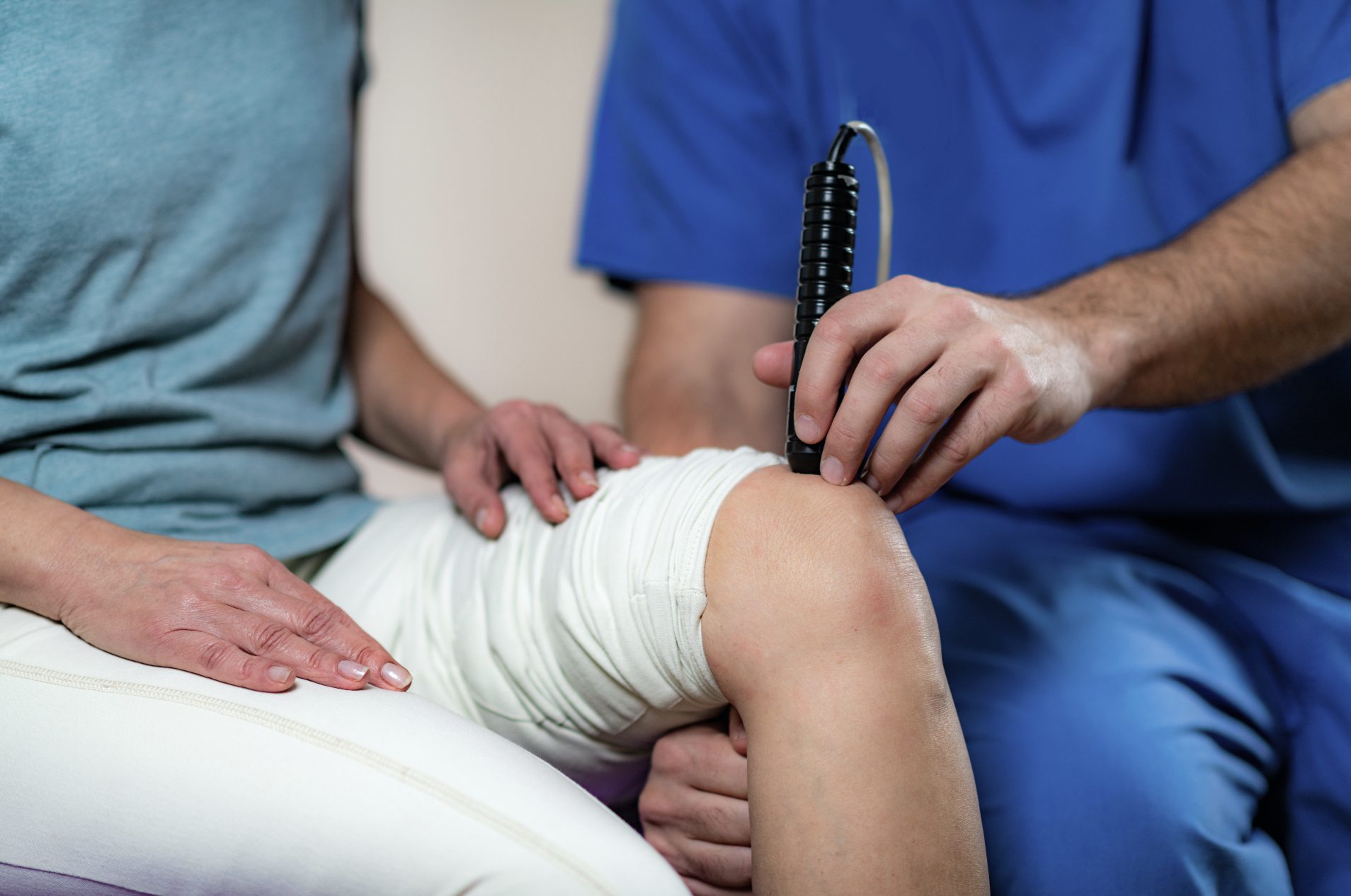
Source
- (1) http://www.absoluteozone.com/assets/ozone_therapy_in_practice.pdf– Oleg V. Maslennikov, Claudia N. Kontorshchikova, Irina A. Gribkova- Nizhny Novgorod, Russia, 2008
- Ozone therapy in Practice. Health Manual. – Nizhny Novgorod
